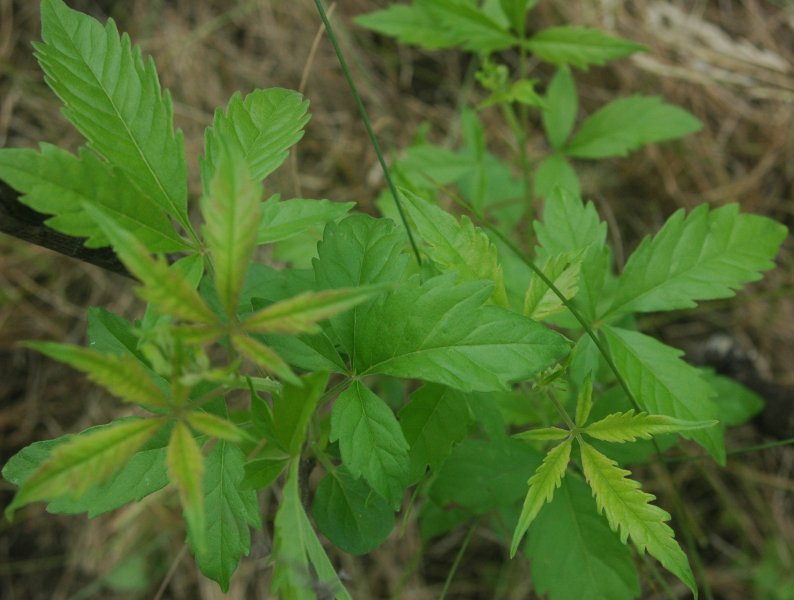Vitex Negundo
Family : Lamiaceae
Common Name : Chaste Tree
English Name : Sappon wood
Hindi Name : Nigundhi, Morfal
Telugu Name : Vavili
Bengali Name : Nishinda
Tree Characteristics :
Chaste tree can be described as a cross between a shrub and a tree with a single woody stem (trunk). It can grow up to five meters tall. Chaste tree's distinctive feature are the pointed leaves with 3-5 leaflets. Small, lilac or violet flowers on new growth from June to September. Flowers are the smallest of the commonly grown Vitex species.
Nursery Practice :
Sappanwood can be propagated by seed and renewed by coppicing. Usually mature pods burst open in the dry season and scatter the seeds, which remain dormant untill the start of the rainy season. Pods are gathered, pounded and put into cold water. Seed germination occurs readily but is enhanced by dipping seeds wrapped in cotton cloth in boiling water for 5 seconds. Germination rate is 90%.
Usually mature pods burst open in the dry season and scatter the seeds, which remain dormant until the start of the rainy season. Seeds germinate immediately if enough moisture is available. The germination rate is enhanced to about 90% by dipping the seeds into boiling water for 5 seconds. Usually the plants are grown in the shade of trees in the forest or in forest borders.
Economic Uses :
The tree is the source of the commercial redwood or Brazilwood. Sapanwood is white, heartwood makes upto 90% of the total volume is yellow or deep orange when fresh turning to dark red.
It is difficult to dry and susceptible to warping and resistant to termite attack. It is used for inlaying work, cabinet making, violin bows and for walking sticks. Also, the leaves are used as a mosquito repellent.
The stem produces a gum. Tannin or dyestuff: The heartwood yields a valuable red crystalline dye used on cotton, silk and wool fabrics.
Its purple flowers bloom most of the summer and it is a popular plant visited by bees and butterflies













